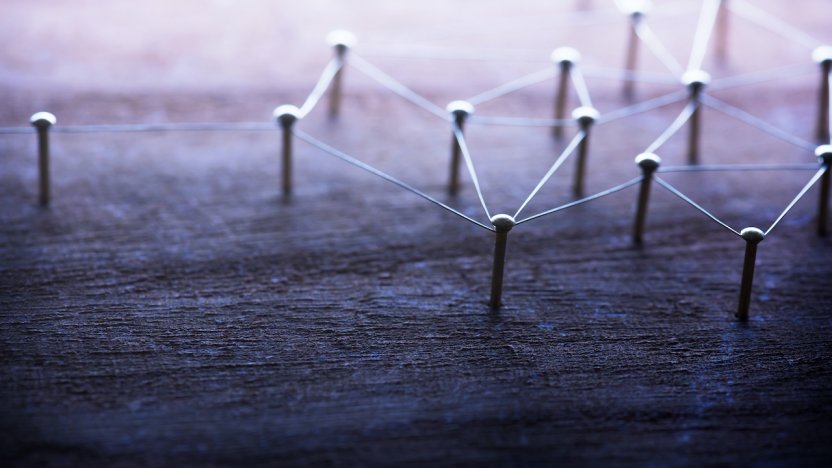Managing the priority disconnect between US and European patents

Europe and the US are important trading partners, so protecting patentable innovations in these two markets is the foundation of many corporate patent portfolios. However, a first patent filing in the US can cause issues obtaining subsequent protection in Europe, as Nadège Lagneau explains.
We have written previously how priority arrangements made according to US practice can lead to issues with European Patent (EP) applications (‘Lessons from CRISPR’). If protection in Europe is also desired for US inventions, it’s important to be vigilant therefore.
A question of ownership
Unless otherwise agreed by contract, the owner of a US patent application is the inventor. Indeed, unlike in other countries, it is not legally provided in the US that the employer owns the innovations of a salaried inventor. In Europe, on the other hand, patent applications are filed (including in the EPC and PCT systems) in the name of the employer.
This disparity in ownership between the priority US patent application and a subsequent patent application claiming priority can be problematic in Europe. Indeed, the priority claim of the subsequent patent application can be challenged in opposition proceedings, leading to invalidation of the priority claim, if the ownership of the right of priority cannot be conclusively demonstrated.
In addition, the loss of a priority claim generates the very real risk of revocation of the patent due to the publication of prior art in the dates between the filing of the priority US patent application and that of the subsequent application; for example, in an article by the inventors.
Navigating the American right of priority
Although the America Invents Act (AIA) provides that US patent applications can now be filed by designating employers as applicants/owners, under US law, inventors named on a US patent application are presumed to own the invention, except in the case of contrary contractual provisions (e.g. an employment contract or via assignment). In the absence of a specific assignment signed by the inventors, it is up to the employer to prove that they are indeed the owner of the rights to the invention that is the subject of the priority patent application.
This is why, for the very first patent filing in the US – whether a provisional or regular patent application – it is generally preferable to have the inventors sign an assignment shortly after the filing and, in any event, before the filing of the subsequent patent application (eg PCT or EP) claiming priority of the US patent application.
Ideally, the assignment document should mention the assignment of the inventors' rights to the invention that is the subject of the priority US patent application, as well as the assignment of the priority right (which is a right distinct from the right to the invention) to their employer/supervisory institution.
It is a simple and inexpensive precaution that can help the applicant to avoid complicated debates in Europe (e.g. if the priority claim is challenged by a third party in opposition), and makes it possible to secure the priority claim in the case of a first patent filing in the US.
Advice to applicants
In summary, our advice for any first filing in the US, generating a priority right, is to:
- have your inventors sign a specific assignment (covering, at least, the number of the US patent application, its filing date and its title), assigning their rights to the invention and the right of priority, to their employer/supervisory institution;
- register the assignment(s) at the USPTO (usually one assignment per employer/parent institution); and
- complete the above before filing the subsequent patent application (e.g. PCT or direct EP patent filing) claiming priority of the US patent application.
As a general rule, it is also advisable to ask any related partners/institutions with whom the first US patent application is filed to follow these steps, whether or not these partners or institutions are American.
For further detail or specific support, please get in touch with one of our European Patent Attorneys for further guidance or support, or contact us below.
Nadège Lagneau is a European and French Patent Attorney based in Novagraaf’s Paris office.